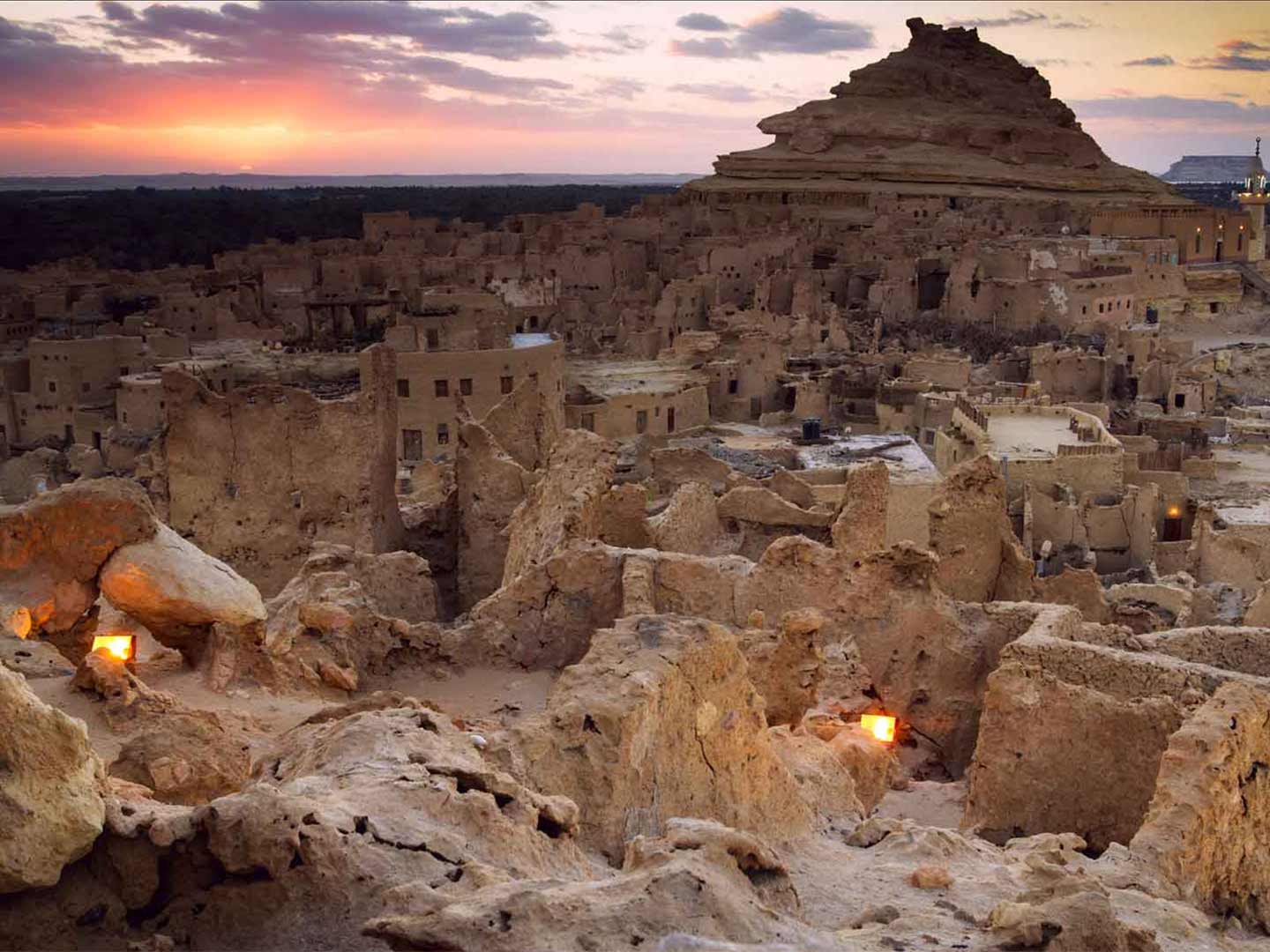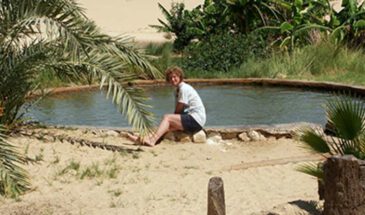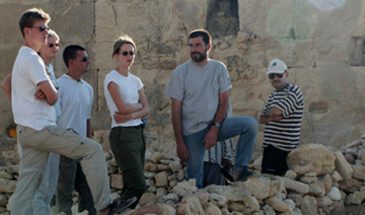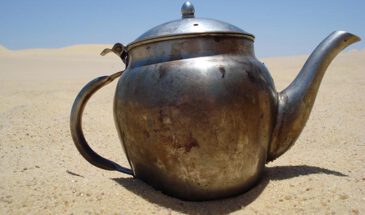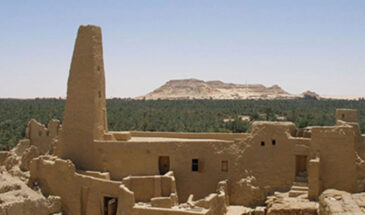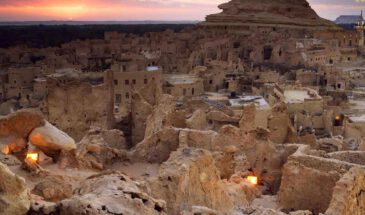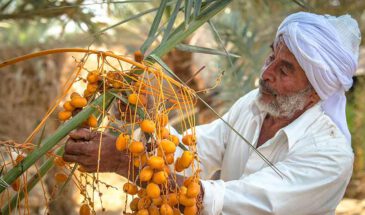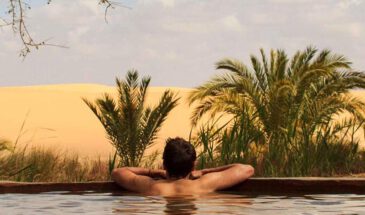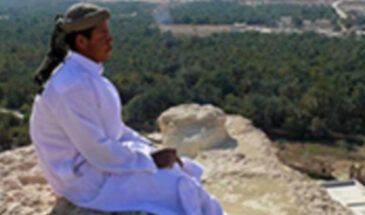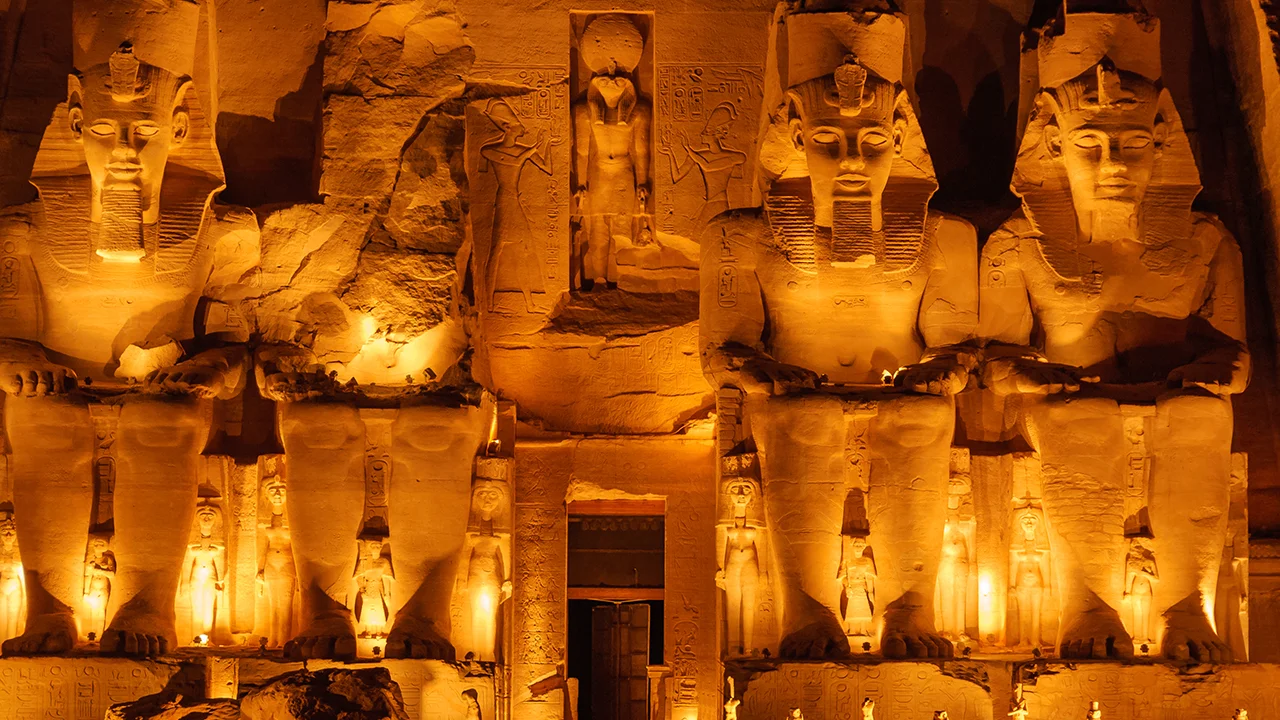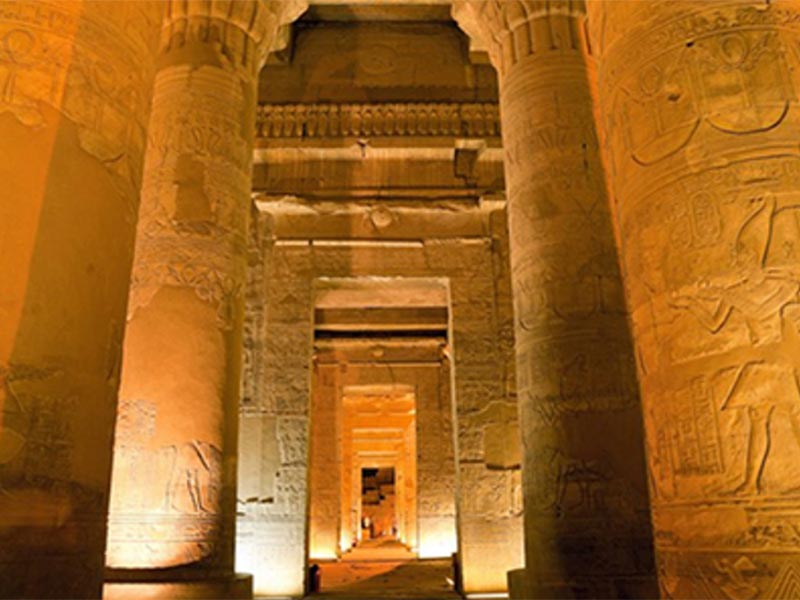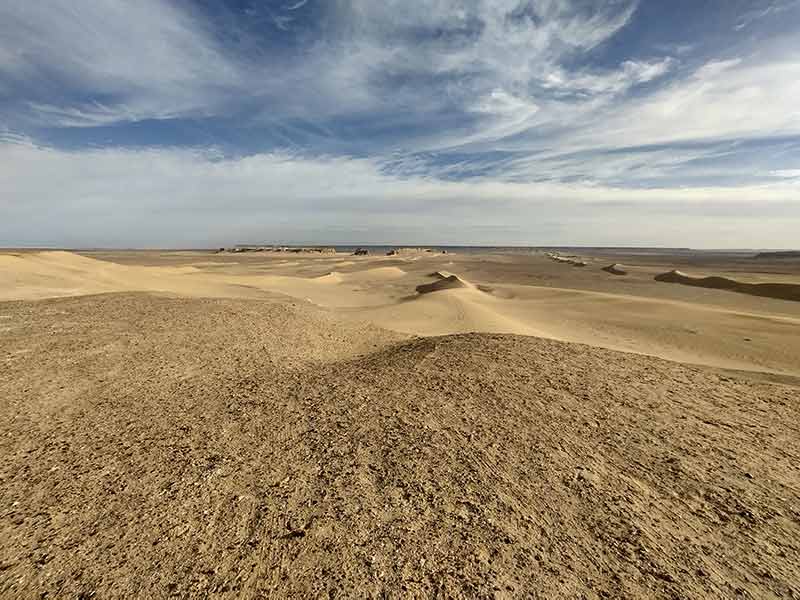- Overview
- Trip Outline
- Trip Includes
- Trip Excludes
- Gallery
- Booking
- FAQ
Day 1: Cairo - Siwa
Departure from Cairo at 7:30 am, with 1 stop at a rest house you arrive in Siwa around 4.30 pm.
Check in to you hotel (Shali Lodge or similar) and get in touch with the oasis while having a little walk around.
Overnight Hotel Albanshal Lodge or similar.
Day 2: Siwa
After a delicious breakfast at your hotel we start our tour today at 9 am hiding to
Mountain of the Dead – Gabal al-Mowta. The mountain contains a lot of tombs, which cover every inch of its base and are situated on its terraces and on all sides of the conical part. They date from the 26th dynasty.
Let’s go on to the Temple of the Oracle of Amun. Located 4 km east of the present town of Siwa, the Temple of the Oracle is believed to have housed the famous Greek oracle of Jupiter Amun, to which Alexander the Great headed directly when he came to Egypt for the first time in 331 BC.
Let’s have fun now and who is brave enough might have a swim in the Salt lakes Siwa has low annual rainfall but very high evaporation rates making its lakes exceptional with hyper-salinity, almost containing 95 % salt. Siwa salt lakes have healing properties for skin, eye, and sinus conditions, promoting the oasis as a medical and recreational destination. And if you don’t want to float on them, just take a dip in these salt pools.
As an oasis is always connected to water, let’s head to another refreshing spot – Cleopatra’s Pool.
Within the Hierapolis-Pamukkale complex is the Cleopatra Pool (sometimes called the Pamukkale Antique Pool). This is not a travertine pool. According to legend, this artificially sculpted pool was a gift from Marc Anthony to Cleopatra.
In our days it is a beautiful and peaceful place also just to have a coffee and enjoy nature. The pool has natural spring water that is warm and clean throughout the year.
Now it is time to watch the sunset from the Old Shali Fortress. Get inspired by special vibes while sun is going down and get wonderful pictures.
Overnight Hotel Albanshal Lodge or similar. (B)
Day 3: Siwa - Bir Wahat - Siwa
Today another highlight of the region is waiting for you, Bir Wahed.
15 km away on the edge of the Great Sand Sea, once over the top of a dune, you come to a hot spring, the size of a large jacuzzi, where sulphurous water bubbles in a pool and runs off to irrigate a garden.
Also for all lovers of dune riding – here you are – because the way to reach Bir Wahed leads through sand dunes.
Once back to the oasis, enjoy strolling around and maybe do some shopping.
Overnight Hotel Albanshal Lodge or similar (B)
Day 4: Siwa - Cairo
After breakfast, we will drive back to Cairo, drop you off at your hotel or you have reserved a prolongation with us. (B)
- Private tour.
- 3 hotel accommodation (B)
- All transportations with private car like mentioned in the program.
- Guidance & Organization.
- Driver/guide.
- 4x4 excursion into the Great Sand Sea.
- Special permit fees for the above excursion.
- All visits mentioned in the program.
- Drinks in restaurants and hotels
- Meals not mentioned.
- Tips for the guide and staff.
- Travel insurance or any kind of insurances.
- Entrance fees for all the sites mentioned in the program.
- Anything that is not mentioned in the program.
- Optional programs.
No Details Found

